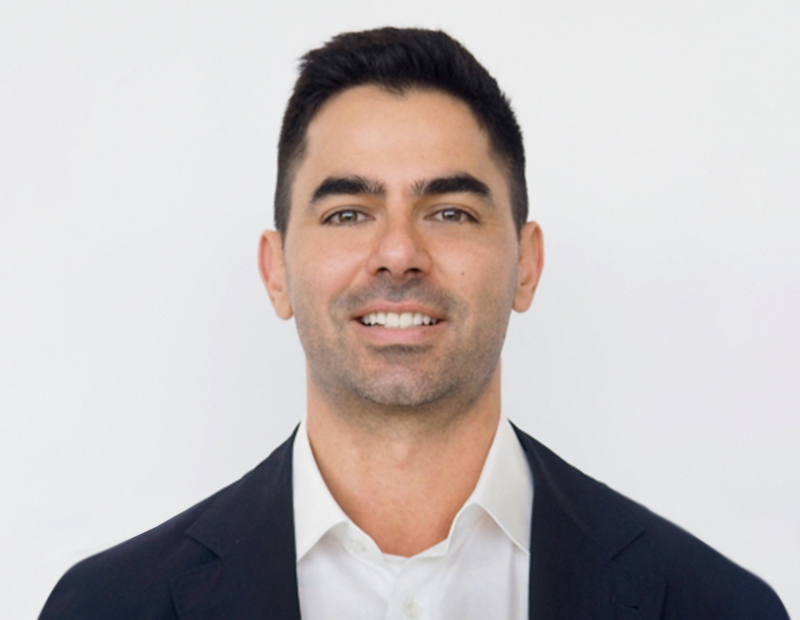WELL Certification Gains Ground in US Real Estate
International WELL Building Institute President Kamyar Vaghar discusses the growth of the WELL Certification since its inception, how the real estate industry has received the program and what the institute has in store for 2018.
By Roxana Baiceanu
Launched in 2014, the WELL Building Standard has been rapidly gaining recognition among real estate developers, owners and corporations around the world, as it centers on one of the most important aspects of human life: health. Addressing seven core concepts that may influence a person’s work performance and overall well-being—air, water, nourishment, light, fitness, comfort and mind—WELL has quickly become part of the green rating systems family, working hand-in-hand with certification programs such as LEED, BREEAM, Green Star and the Living Building Challenge.
There are currently 235 WELL-registered projects in the U.S., with California developers being the most responsive to the program. The enrollment rate has also been growing exponentially, according to company officials. However, the typically lengthy certification process has resulted in only 32 certified buildings in 11 states, including Washington, D.C. Multi-Housing News spoke with Kamyar Vaghar, the president of the International WELL Building Institute (IWBI), to find out how receptive the real estate market has been to this sustainability program since its launch.
What are some of the most important preconditions for a building to achieve WELL Certification?
Vaghar: The WELL Building Standard is a holistic approach to address health and well-being in buildings, encompassing more than 100 features within seven core concepts of building performance. These concepts—air, water, nourishment, light, fitness, comfort and mind—work in concert to deliver the highest benefit. Preconditions can be thought of as the foundation for health in the built environment and represent the core of the WELL Building Standard. For certification to be awarded, all applicable preconditions must be met, making each equally important for achieving WELL Certification.
If a building has been LEED certified, what extra conditions does it have to meet in order to become WELL certified as well?
Vaghar: WELL is a complement to green rating systems across the globe and was developed to work in harmony with certification programs such as LEED, BREEAM, Green Star and the Living Building Challenge. IWBI recently introduced several crosswalks between WELL and other green building certification programs to streamline the certification process for buildings registering under multiple programs at once.
Regarding LEED and WELL, there is approximately a 22 percent overlap between the two programs. While LEED sets out a baseline for how green building practices could impact human health, WELL takes a much deeper dive into these health impacts and focuses on evidence-based research linking our built environment with human health outcomes. Both rating systems are third-party verified by Green Business Certification Inc.
Tell us a bit about the costs involved with getting a building WELL certified.
Vaghar: Within the corporate sector, addressing occupant health can help reduce the largest line item in the 30-year cost of a building: the personnel. Therefore, the program offers a meaningful return on investment. The benefits that come with healthier, more productive employees far outweigh the one-time costs. Structure Tone headquarters, the first New York City WELL-certified project, found certification hard costs to be about $1 per employee per day.
What property sector has been most receptive to incorporating WELL features?
Vaghar: The WELL features can be applied across all real estate sectors. Currently, WELL v1 is optimized for institutional and commercial office projects and has seen particularly wide adoption among the corporate community.
Your company’s website mentions there are 235 registered projects in the U.S. and 32 WELL-certified buildings. How has the enrollment rate grown over the years?
Vaghar: The rapid expansion of WELL globally underscores the fact that building and business developers, owners and operators, as well as corporate and residential tenants are taking notice of the impact healthier indoor environments can have on people. Since the launch of the WELL Building Standard in 2014, its adoption has grown exponentially. To date, over 650 projects encompassing over 120 million square feet of real estate have been registered, precertified, or certified under WELL in 31 countries worldwide.
What real estate markets (worldwide, but also within the U.S.) have been the most receptive to WELL?
Vaghar: WELL is becoming increasingly popular in China, Australia and Europe. Within the U.S., California has the largest number of WELL registered and certified projects, with 64 currently registered and 13 certified.
What programs is IWBI preparing for 2018?
Vaghar: IWBI launched WELL Community Standard in 2017, which is supporting health and well-being through inclusive communities. IWBI will continue to support its growing WELL accredited professional community and its global markets. The company is also currently hosting a series of roundtables across the globe on the future of WELL and is continuing the development of a streamlined pathway to certification. This implies cost reduction for documentation and verification, as well as other expenses associated with them, especially for portfolios.
Image couresy of IWBI









You must be logged in to post a comment.